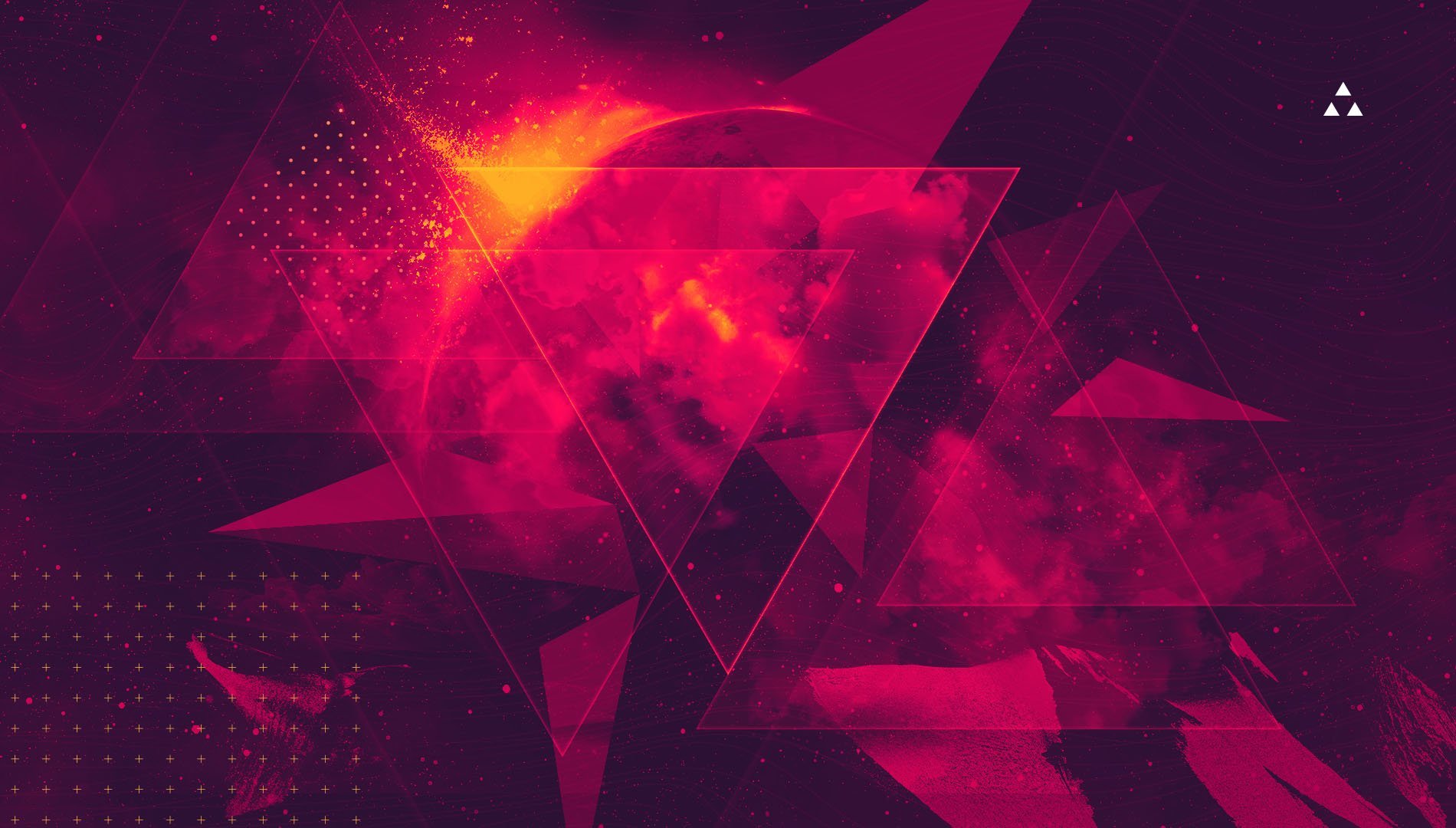-
 play_arrow
play_arrowClub Ready Radio Dance Freex Radio
‘The sesh’ entered the vernacular in 2015 via a Facebook group named Humans Of The Sesh. Its admins, using the monikers Brown Sauce and Grand Feen, posted memes venerating a lifestyle of late nights and longer mornings which only ended when the last wrap was licked clean.
A VICE article published the following year declared that 2016 – our communal annus hornbills incorporating Brexit, Trump’s first election and a roll call of heroes’ deaths: from David Bowie to Prince to murdered MP Jo Cox – was “the year of the sesh”.
The writer Angus Harrison makes a link between these short-term triggers and a broader, austerity-led atrophying of culture and opportunity for the sesh’s rise to prominence: “The sesh is basically club culture with all the “culture” bit sucked out,” writes Harrison, going on to posit that “2016 wasn’t the year we got angry, it was the year we gave up. As such, the sesh, the meme-ification of nihilism, was the perfect response.”
Read this next: Inside The Rise Of Tusi, Colombia’s ‘Pink Cocaine’
Humans Of The Sesh was the progenitor for a flurry of platform-spanning sesh meme accounts, of which the still-active Ketflix & Pills became the exemplar of. 2016 also marked a momentous moment for UK drug culture when The Loop, a harm reduction organisation co-founded by the criminologist and researcher Fiona Measham, conducted the country’s first-ever drug checking service at the Secret Garden Party festival.
Measham has been writing about UK drug culture since the early 1990s. Among her many contributions to this field, she, along with early harm reduction pioneer Russell Newcombe, helped popularise the “normalisation” thesis regarding a new cultural acceptance of illicit drugs.
“For an average British person during the 1980s, the image of drug use meant the heroin epidemic which had emerged largely thanks to the country’s shutting down of heavy industry and increased homelessness. These drug users were also contaminated by the drug’s association of heroin injecting with the AIDS epidemic,” says Measham. Then came 1988, acid house, and its psychoactive firestarter: MDMA, or ecstasy.
“Taking drugs suddenly wasn’t just about escape and oblivion, it was about celebration and socialising. A few people fell by the wayside but, generally, most people had the time of their lives. The change in cultural perception of who a drug user might be was extraordinary,” Measham says.
Ecstasy became increasingly visible within popular culture throughout the 1990s – from ‘Ebeneezer Goode’ and its veiled references to taking pills, to beloved club culture film Human Traffic. Yet MDMA users’ preference for water over booze posed an economical headache for a booming night-time economy that was being used by Tony Blair’s Labour as a driver of civic revival in towns that Thatcherite recessions left to rot.
To combat this – and with the media-led furore around Leah Betts’ 1995 ecstasy-related death still ringing in the ears of a nation of worried parents – alcohol producers developed alcopops and alcohol-containing energy drinks. These, along with the doubling of wine’s consumption between 1980 and 2000, and 2003’s Licensing Act which quickly dished out extended licensing hours to over 50,000 venues, helped make drinking spaces no longer the simian preserve of Stella-swilling blokes.
Coke’s own normalisation occurred in lockstep: use more than quadrupled since Liam Gallagher sang about ‘doing the white line’ in Oasis’ 1994’s proto sesh anthem ’Cigarettes and Alcohol’. It reached record levels at the height of ‘indie sleaze’ in 2008/2009, when 6.5% of young people took packet. For a nation fizzing with a culture of extreme drinking – one that Tony Blair labelled “the British disease” and still endures with 2023 research suggesting we’re the third highest binge drinkers across 33 countries – cocaine helped maintain a perfect hedonistic ouroboros.
Read this next: Why is cocaine so strong at the moment… and where’s it all coming form?
The drug’s stimulating properties sharpen up the soporific effects of GABA, the relaxing neurotransmitter released by booze, while keeping your neural pathways flooded with dopamine: a reward chemical that makes everything – whatever you hear, say, share, learn, your mates’s blow-by-blow account of the time he got left in Sainsbury’s – more meaningful and motivating to hunt more of.
Measham suggests that “some of this group have carried on with drinking and drug use, though not as often,” and it’s fair to speculate that these perma-cainers are the kind of people falling foul of their habits.
While newspaper reports of festival drug deaths tend to concern younger people overheating from MDMA, Measham tells Mixmag that “it’s not unusual for the person dying in the festival dance tent at 4:AM to be a dad of an older millennial age.” She says The Loop’s annual survey shows that one in six festival drug takers only take drugs at a festival. “Perhaps they’re ravers or partygoers who became parents but leave their kids with their grandparents for an annual blowout. He’ll take loads of pills and cocaine like he used to, but he’s lost his tolerance and both drugs are much stronger now, so he has a heart attack. It’s absolutely tragic,” she adds.
Written by: Tim Hopkins


